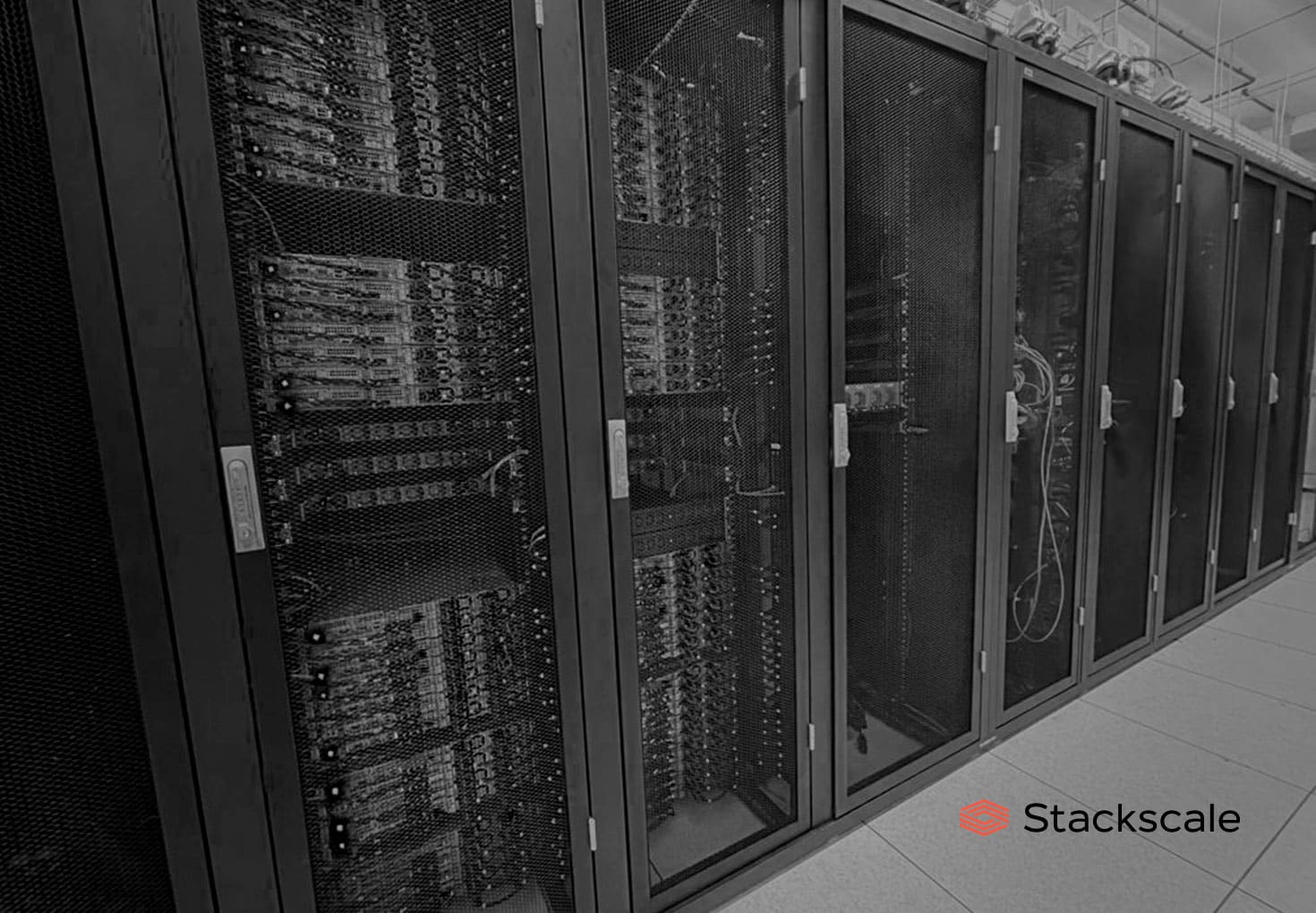According to a new report from Synergy Research Group, only twenty state or metropolitan markets account for 62% of the current global capacity of hyperscale data centers. Among these, the Northern Virginia area and the Greater Beijing Area alone represent 22% of the global total.
The top spots in the ranking are dominated by key regions: after Northern Virginia and Beijing, Dublin, the states of Oregon and Iowa in the United States, and Shanghai follow. Of the top 20 markets, 13 are located in the United States, four in the APAC region, and three in Europe. Following these top 20, the next twenty largest markets represent another 18% of the market, with a more prominent presence of Europe and the APAC region in this category.
### Dominance of the US Markets
The dominance of US markets in the list of the top 20 is due to two key factors: almost 60% of the world’s hyperscale data center operators are headquartered in the United States, including the four largest, and the United States accounts for nearly half of all cloud market revenues.
As the list progresses, countries like Malaysia, India, and Spain are beginning to stand out more, reflecting the emerging growth in these markets.
### Behind the Top Companies in the Sector
The report is based on an analysis of the scope of data centers from 19 of the top global cloud and Internet service companies, including the largest operators in SaaS, IaaS, PaaS, search, social networking, e-commerce, and gaming. The companies with the widest data center reach are the top cloud providers: Amazon, Microsoft, and Google. Together, these three companies account for 60% of all hyperscale data center capacity. They are followed by Meta (Facebook), Alibaba, Tencent, Apple, and ByteDance, among other smaller operators.
From Revista Cloud, we have reviewed that Spain is also a great place for the development of hyperscale data centers and proximity data centers, where Grupo Aire stands out with over 8 data centers across the peninsula.
### Factors Influencing Location Selection
John Dinsdale, chief analyst at Synergy Research Group, explains that a variety of factors influence the choice of locations for hyperscale infrastructure. These factors include proximity to customers, availability and cost of real estate, energy cost and availability, network infrastructure, ease of doing business, local financial incentives, political stability, and minimizing the impact of natural disasters.
When considering these factors, the attractiveness of some of the world’s largest economic centers, such as London and New York, tends to be mitigated, while less populated US states like Oregon, Iowa, and Nebraska are favored. This results in a different mix of leading markets compared to retail colocation data centers, which hyperscale companies often use to host their edge-oriented infrastructure.
David Carrero, co-founder of Stackscale, highlights that Spain and especially Madrid have become a major hub for technology and data center deployment.
### Future Perspectives
Despite location decision criteria remaining similar in the coming years, the mix of top markets is expected to change, driven mainly by high growth in emerging markets in Southeast Asia and Latin America.
Source: srg Research.

